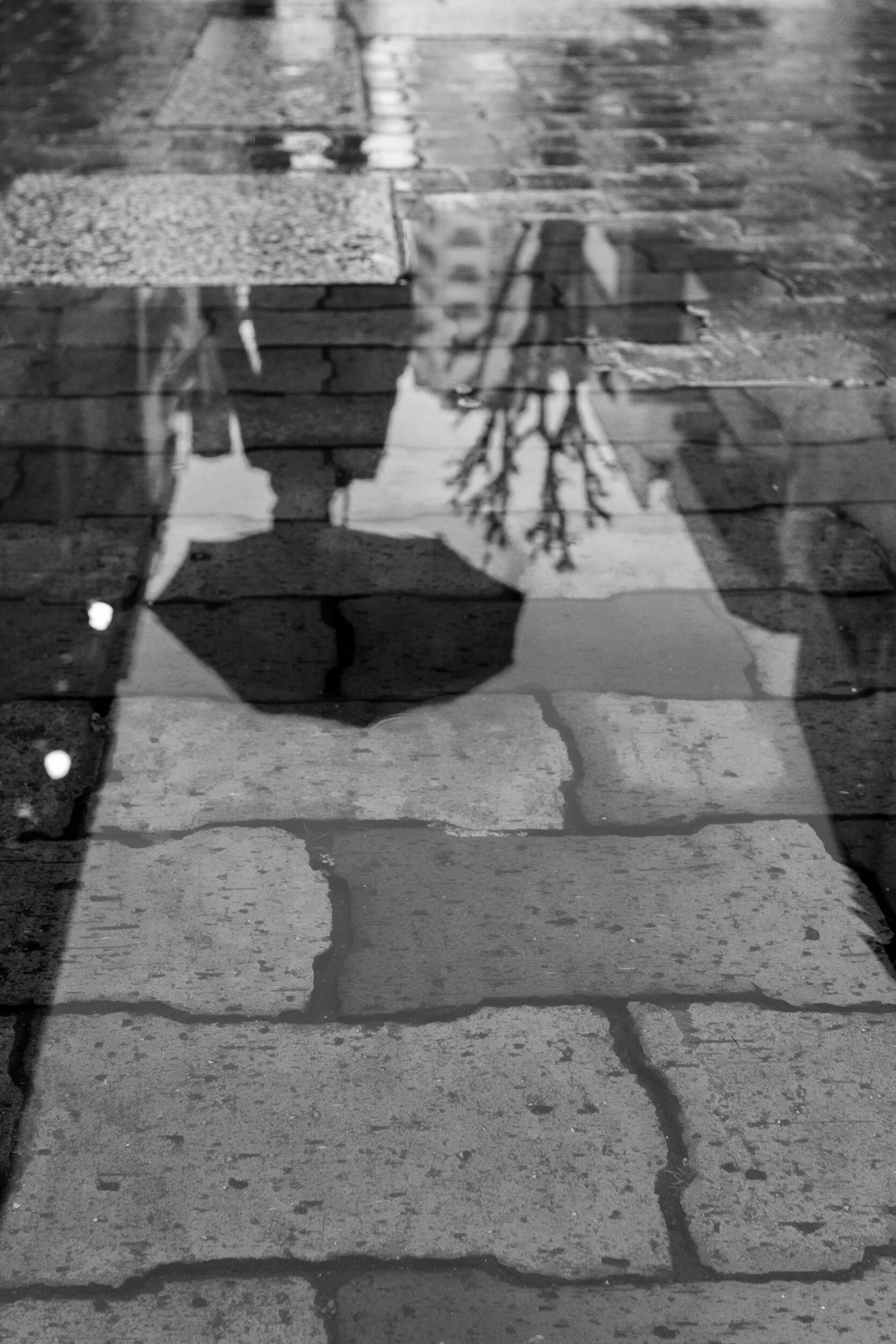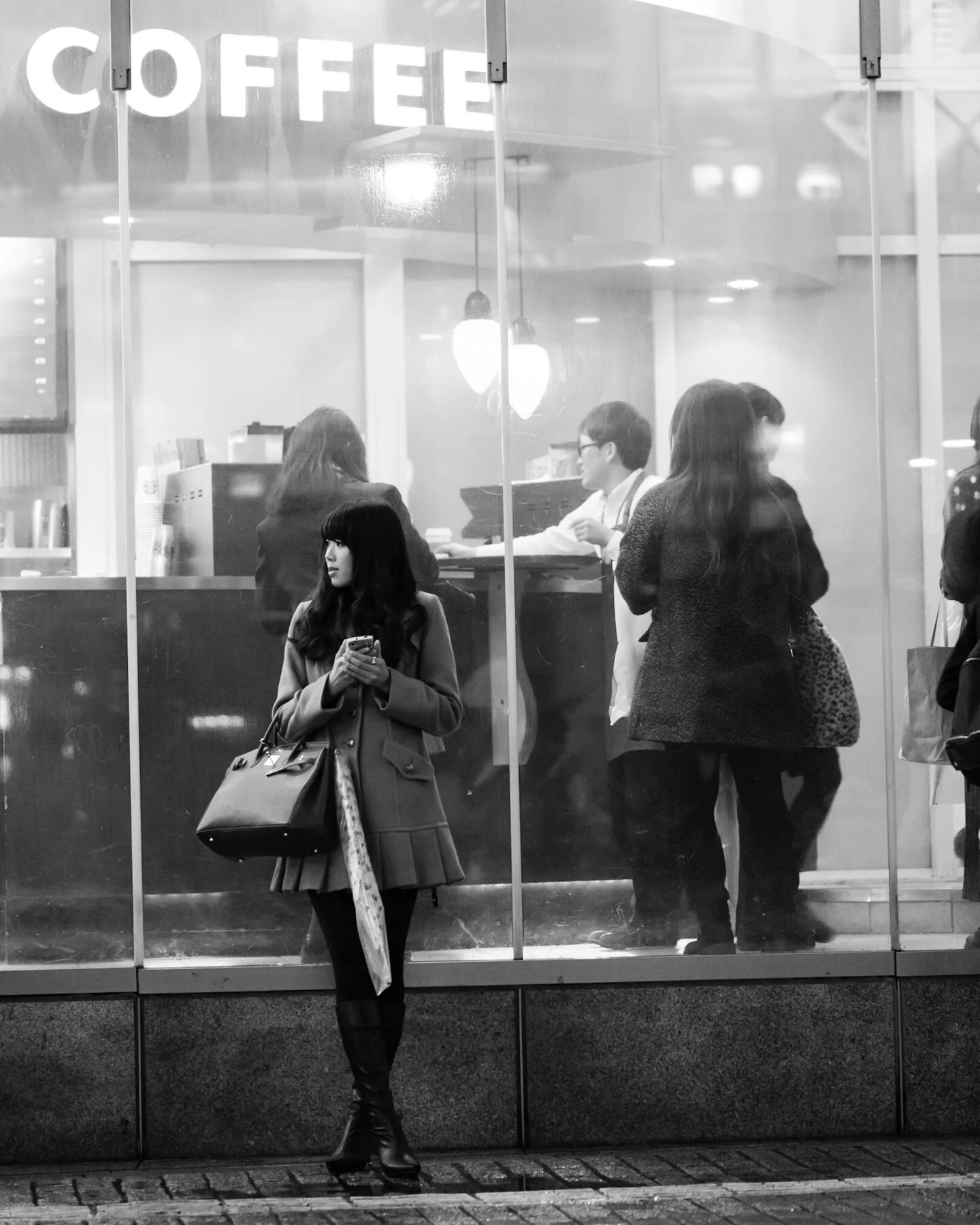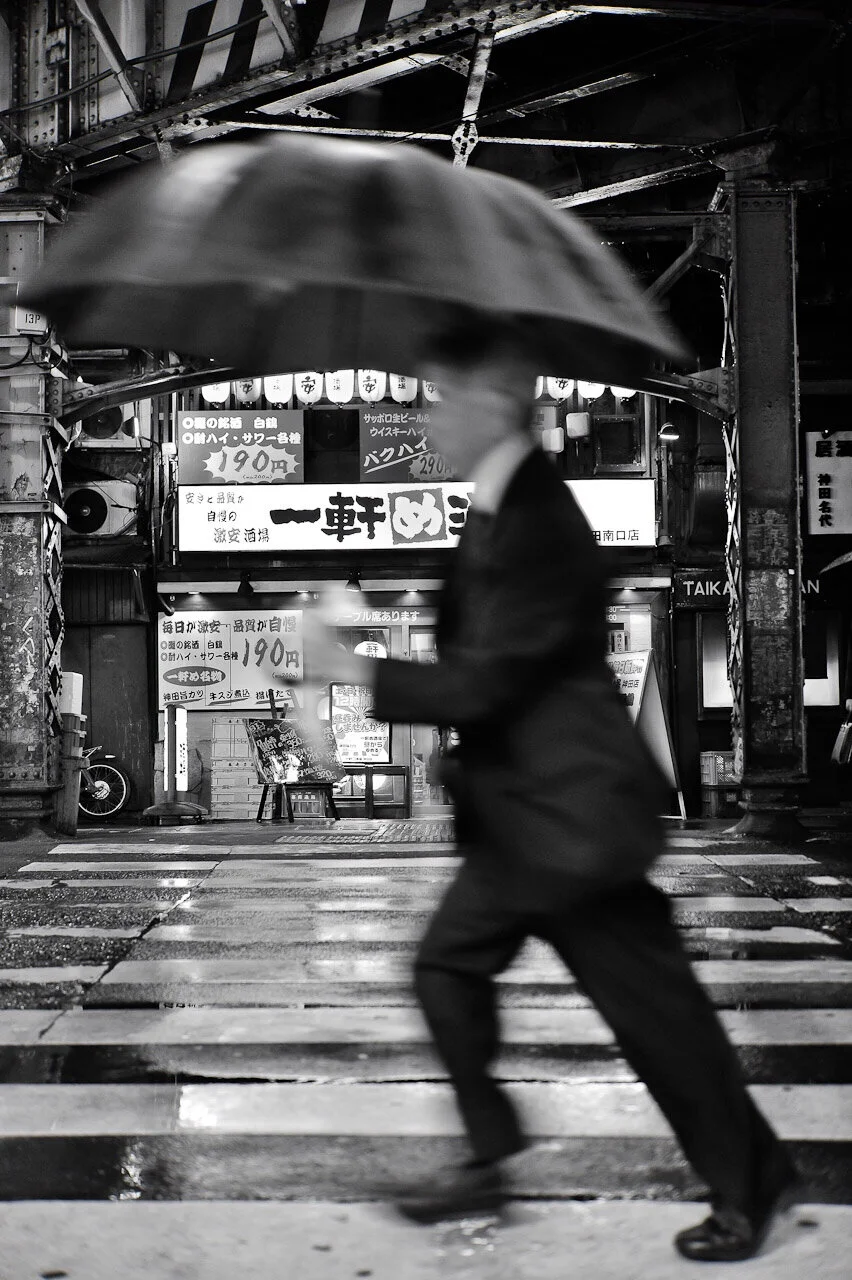How To Get The Most Out of Tokyo Forgeries.
Along with the title, this opening paragraph will provide the reader with the day’s location, shooting goal, theme, and a hint as to the day’s success. For the purpose of this example blog, our theme will be umbrellas. Each shot must contain at least one, though it does not need to be the primary focus of the image. It is the rainy season here in Tokyo, which offers a number of opportunities to capture a great umbrella shot.
Contact Sheet: Tokyo Umbrella
What
A detailed explanation of what the day’s goal was. For example, today we are shooting umbrellas. Tokyo is in the midst of Japan’s annual rainy season. This weather provides a lot of rain and the occasional burst of subtropical humidity and sun before clouding over and raining again. This means both rain and sun umbrellas can be photographed on the same day. The rule is that each image must have at least one umbrella in it, but not necessarily the main subject.
When
A detailed explanation of when it’s best to get these kinds of shots. The best time of year for street photography of umbrellas in Tokyo is June through the end of August. July yields the most amount of rain, with June and August providing hot sun and therefore the more stylized sun umbrellas are used. For rain umbrellas, I prefer to shoot when people are commuting, early morning and evening. Already in a hurry, the rain adds another layer of stress on their way to and fro. These elements add both visual and meta layers to your image.
With Sun umbrellas I actually prefer to shoot closer to midday when the sun can be at its hottest and nearly overhead. More often than not the elderly and middle-aged use sun umbrellas and are typically out during the mid-morning-afternoon hours. Often with quite elaborate umbrellas, for instance, the gold umbrella in the gallery below.
Why
A detailed explanation of why I took these images. Why not? Would be a logical place to start. A seasonal phenomenon that provides enumerable possibilities. It is easily observable and technically speaking not difficult to record. At any given time there are a grand number of chances at capture. An image that is good quality and palatable to a larger audience should be simple. I am always happy with those days. However, it is important we challenge ourselves so that we can create something great. It is on those days we step forward as artists. Use reflection, geometric shape, silhouette, motion, negative space, color, or contrast to capture an image a level above our current ability.
How
A detailed explanation of how I shot the day’s images. There are several images in the gallery above, my favorite is the last one. I had previsualized the iron beams, paper lanterns, and zebra crossing framing up someone in the rain. It was the night’s main goal. My idea was to have people in the zebra stripes or under the iron structure. However, the shot I captured required a little luck mixed with some good timing. First some bad luck, with taxis coming into frame and ruining some good shots. I decided to use the taxis and slowed my shutter speed to the slowest I could handhold and get a sharp background, about 1/20 of a second. This shutter speed could also blur my subject, but that would create a nice harmony of motion between the taxi and human element. This shutter speed may have also created a contrast between the taxi and the human if they had been smoking or waiting at the crosswalk.
What did happen is pictured above. The taxis seemed to stop coming as did the people. I sat crouched on the edge of the street for some time. It was then I could sense him. The man pictured asked if he could cross in front of the camera. I nodded yes, then click. He provides a contrast of motion against the still background, his dark yet transparent color palette against the bright lights of the restaurant. A ghost passing in the night.
Specific camera settings are roughly 105mm VR lens @f5.6, with 1/20 shutter speed. The camera has 36mp at ISO 800.
Where
The location and the details about getting there are what you will find in this section. The gallery above contains images taken throughout Tokyo. Typically shooting would take place in a single neighborhood, but depending on the theme a more nomadic approach may be required.
Kanda and Shibuya are on the Yamanote line in Tokyo. Kawaguchi, Omiya, and Saitama Shintoshin are all located on the Keihin Tohoku Line and are within 30 minutes of Tokyo. The Keihin Tohoku Line runs north and south all the way through the east side of Tokyo, mirroring the Yamanote line for many stops.
Youtube
Most blog posts will have an accompanying Youtube video. That video would be embedded here.















